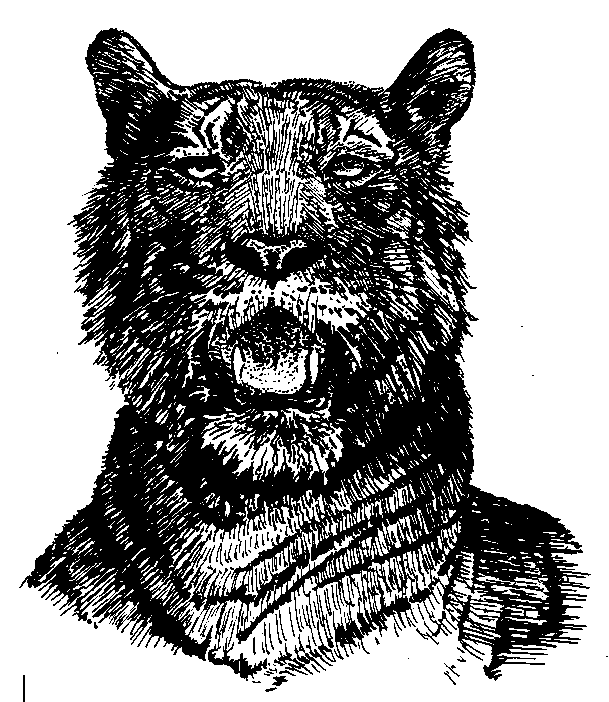The Society and Its Environment
Royal Bengal Tiger--the pride of Bangladesh's fauna
BANGLADESH IS NOTED for the remarkable ethnic and cultural homogeneity of its population. Over 98 percent of its people are Bengalis; the remainder are Biharis, or non-Bengali Muslims, and indigenous tribal peoples. Bangladeshis are particularly proud of their rich cultural and linguistic heritage because their independent nation is partially the result of a powerful movement to uphold and preserve their language and culture. Bangladeshis identify themselves closely with Bangla, their national language.
One of the world's most densely populated nations, Bangladesh in the 1980s was caught in the vicious cycle of population expansion and poverty. Although the rate of growth had declined marginally in recent years, the rapid expansion of the population continued to be a tremendous burden on the nation. With 82 percent of its people living in the countryside, Bangladesh was also one of the most rural nations in the Third World. The pace of urbanization in the late 1980s was slow, and urban areas lacked adequate amenities and services to absorb even those migrants who trekked from rural areas to the urban centers for food and employment. Frequent natural disasters, such as coastal cyclones and floods, killed thousands, and widespread malnutrition and poor sanitation resulted in high mortality rates from a variety of diseases.
In the late 1980s, poverty remained the most salient aspect of Bangladeshi society. Although the disparity in income between different segments of the society was not great, the incidence of poverty was widespread; the proportion of the population in extreme poverty--those unable to afford even enough food to live a reasonably active life--rose from 43 percent in 1974 to 50 percent in the mid-1980s. The emerging political elite, which constituted a very narrow social class compared with the mass of peasants and urban poor, held the key to political power, controlled all institutions, and enjoyed the greatest economic gains. Urban in residence, fluent in English, and comfortable with Western culture, they were perceived by many observers as socially and culturally alienated from the masses. At the end of the 1980s, Bangladeshi society continued to be in transition--not only from the early days of independence but also from the colonial and Pakistani periods as well--as new values gradually replaced traditional ones.
Nearly 83 percent Muslim, Bangladesh ranked third in Islamic population worldwide, following Indonesia and Pakistan. Sunni Islam was the dominant religion among Bangladeshis. Although loyalty to Islam was deeply rooted, in many cases beliefs and observances in rural areas tended to conflict with orthodox Islam. However, the country was remarkably free of sectarian strife. For most believers Islam was largely a matter of customary practice and mores. In the late twentieth century fundamentalists were showing some organizational strength, but in the late 1980s their numbers and influence were believed to be limited. Promulgated in June 1988, the Eighth Amendment to the Constitution recognizes Islam as the state religion, but the full implications of this measure were not apparent in the months following its adoption. Hindus constituted the largest religious minority at 16 percent; other minorities included Buddhists and Christians.
Since its birth in 1971, Bangladesh has suffered through both natural calamities and political upheavals. In July-September 1987, for example, the country experienced its worst floods in more than thirty years, and floods during the same period in 1988 were even more devastating. In 1987 more than US$250 million of the economic infrastructure was destroyed, the main rice crop was severely damaged, and an estimated 1,800 lives were lost. The 1988 floods covered more than two-thirds of the country, and more than 2,100 died from flooding and subsequent disease. The country also underwent a period of political unrest fomented by major opposition political parties. Enduring uncertainties as the 1990s approached were bound to have an impact on social development, especially in the areas of education, development of the labor force, nutrition, and the building of infrastructure for adequate health care and population control.

